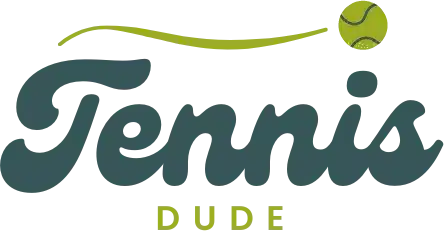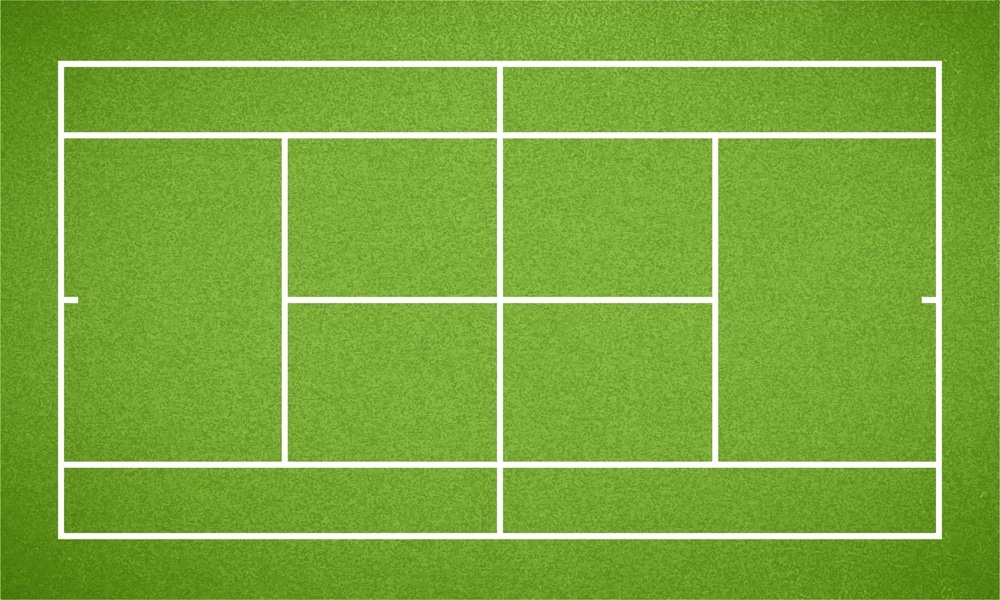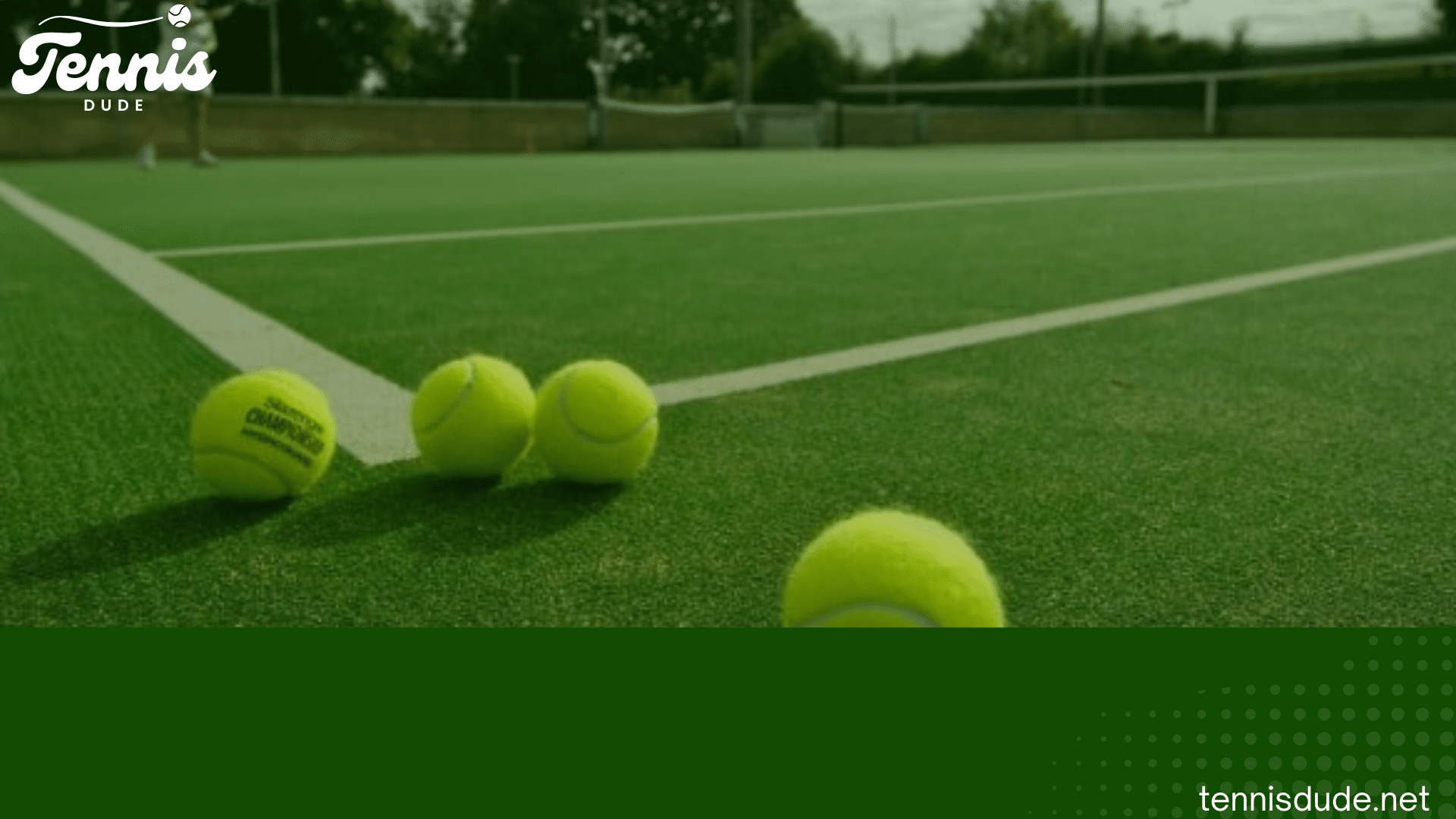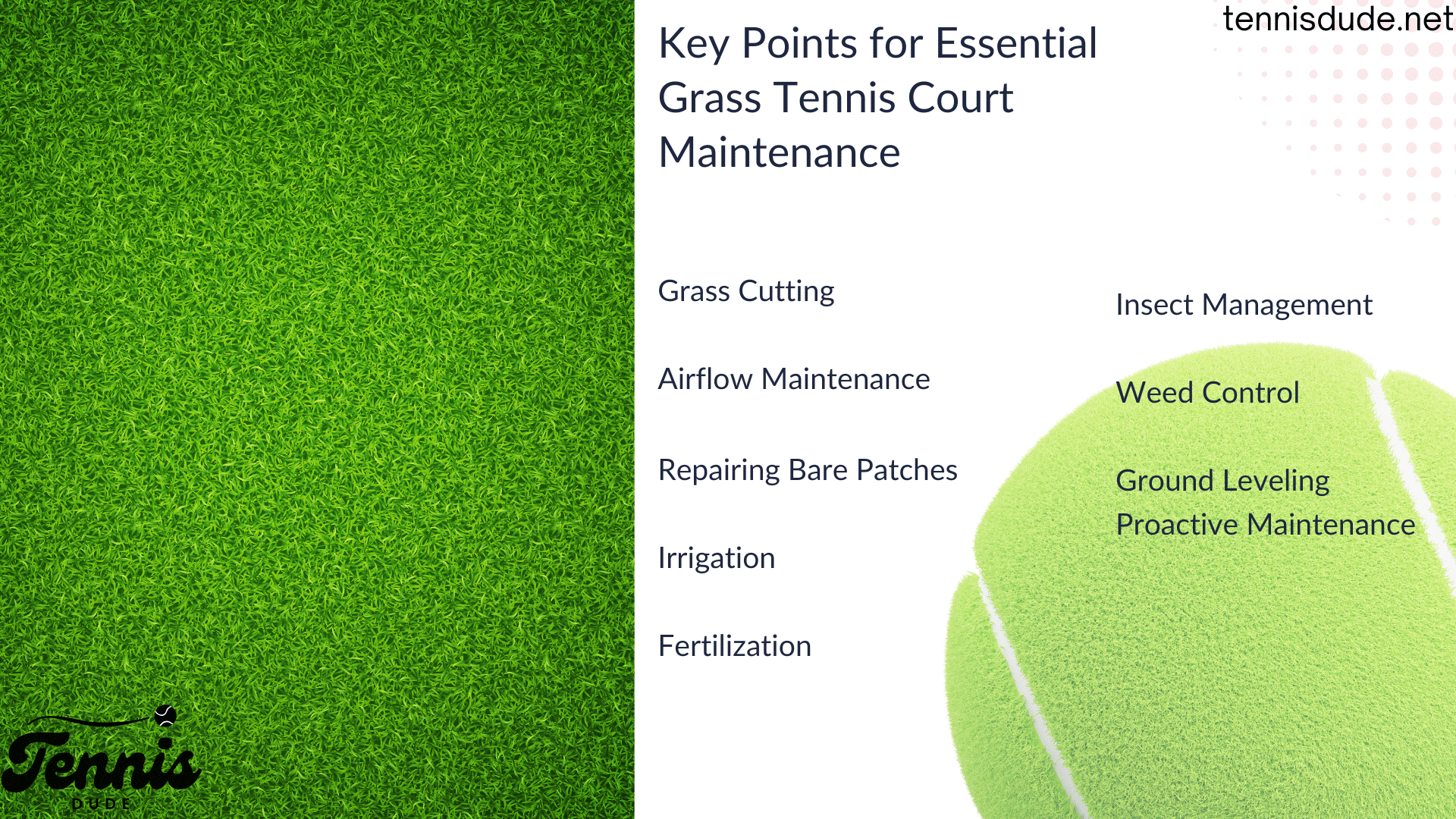Table of Contents
There’s something special about playing tennis on a grass court. The ball bounces differently, moving in a way that feels unpredictable and exciting, making each point unique. Grass courts have been part of tennis for a long time, offering a classic, timeless feel that connects the sport to its roots. Whether you’re the one playing or simply watching, there’s a unique charm to it that you don’t get on other surfaces. The lush, green environment adds a sense of elegance and tradition to every match. From Wimbledon’s historic matches to casual games in local parks, grass courts have a way of making the game feel more personal and memorable. Let’s dive into why these courts are still the perfect surface for unforgettable matches.
In this guide, we explore the popularity of grass tennis courts, looking at what makes them the ideal playing surface for historic matches and why they continue to be a significant aspect of tennis culture.
A Historical Perspective
Looking at grass tennis courts from a historical angle reveals a complex web of custom and development. Since the 12th century, when tennis first emerged, grass courts have been essential to the game’s growth. Tennis was first played with crude equipment and regulations on lawns, frequently in the courtyards of French monasteries. Grass courts came to be associated with major competitions such as Wimbledon as the sport grew in popularity throughout Europe.
The unique characteristics of playing on grass make it so appealing that players must modify their tactics accordingly. Serve-and-volley players who can take advantage of the surface’s slippery nature will benefit from its pace and low bounce. Great athletes have established their reputations by grasping the grass and leaving their mark on these spiritual fields throughout history.
Grass tennis is still popular because it embodies the elegance and legacy of the game, even in the face of competition from other surfaces such as clay and hard courts. Today, grass tennis’s long impact is demonstrated by events like Wimbledon, which captivate fans with its history and eternal appeal.
The Unique Characteristics of Grass Courts
The unique playing qualities of grass courts differentiate them from other types of surfaces. Grass courts are fast-paced and unpredictable, in contrast to hard or clay courts, which provide a constant bounce. Because the natural grass surface is often slippery, it can be difficult for players to keep their footing. Because of this, playing tennis on grass courts demands extraordinary talent, accuracy, and flexibility.
The ball’s low bounce is one characteristic that sets grass courts apart. Particularly in well-worn areas, the grass’s low friction surface causes the ball to slip and stay low. Players with a great serve-and-volley technique benefit from this low bounce because it enables them to approach the net and finish points quickly. However, on grass, baseline specialists could find it difficult to control the tempo, which presents a significant challenge for players used to slower surfaces.
The Beauty of Classic Tennis
There’s nothing like the charm of vintage tennis, especially on grass courts. The way the ball falls to the surface when played by expert players with skill and grace is elegant. The stunning backdrop created by the lush green tennis court grass makes every rally more beautiful.
Players must have quick reflexes and adaptation because the ball can bounce lower and faster on grass, adding an element of unpredictability to the game. Because of this unique surface, players who can serve and volley with grace will have an advantage in the tactical aspects of the game.
Grass tennis is an art form as much as a sport. With seamless grace, players execute strong serves and elegant drop shots as they move across the court. Every match has a nostalgic quality because grass court tennis dates back to the game’s inception.
The allure of traditional grass-court tennis for players and spectators alike endures in an era of synthetic surfaces and multi-sport venues.
Essential Grass Tennis Court Maintenance
Keeping up a grass tennis court is like caring for a beautiful garden. Consistent maintenance guarantees that the court stays an attractive retreat for athletes. Cut the grass first, cutting it to the ideal height for playability and encouraging healthy growth. The second step is airflow, which prevents surface hardening by allowing the soil to breathe and water to permeate deeply. The court may get bare patches over time; cutting these spots restores the grass, filling in any holes and guaranteeing consistency. Regular irrigation is essential to maintaining lush, robust grass, particularly in dry seasons.
Beyond these fundamentals, specialist maintenance like fertilization and insect management protects against hazards to the court’s health. The smallest things, like weeds or uneven ground, can interfere with play and jeopardize safety, so attention to detail is crucial. Administrators preserve the integrity of the game and give players the best possible setting for their athletic pursuits by taking a proactive approach to maintaining grass tennis courts.
Conclusion
In conclusion, grass tennis courts offer a unique and timeless playing experience that sets them apart from other surfaces. The unpredictable bounce and fast pace challenge players to adapt their strategies, making each point exciting and full of possibility. With a rich history dating back to the origins of the sport, grass courts have become synonymous with prestigious events like Wimbledon, preserving the elegance and tradition of tennis. The maintenance of these courts, while demanding, ensures they remain a cherished setting for both players and spectators. Grass courts continue to captivate with their blend of heritage, beauty, and the thrilling challenge they present, making them the perfect backdrop for unforgettable tennis moments.





